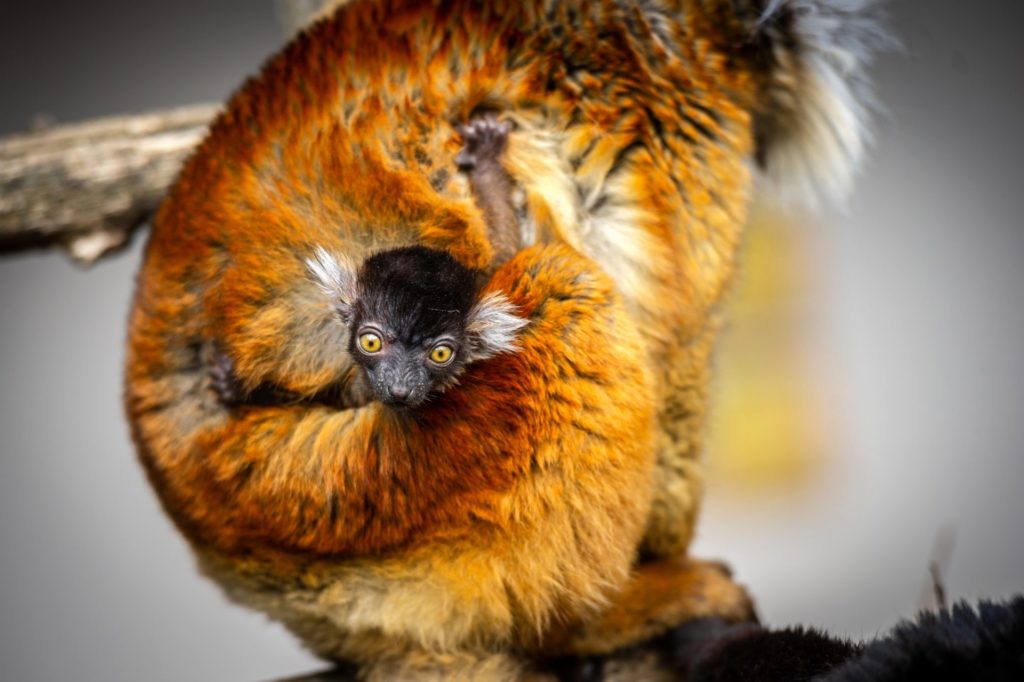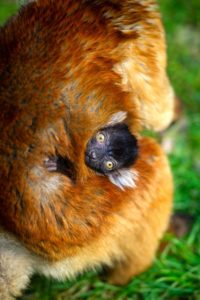For the first time in Zoo Planckendael’s history, a black lemur was born.
The parents, Kimmie and Oreo, are reportedly doing well.
“They have become parents for the first time,” said caretaker Stéphanie. “They are doing great. It’s really heartening to see how they protect their little one.”
If visitors walk through the lemur enclosure, they can spot a glimpse of the baby lemur being held in its mother’s arms - but perhaps only a tiny tail.
“For the first two weeks, it clings tightly to mother's coat,” explained the caretaker. “The young will soon be climbing on her back. Not much later, it will playfully explore the area.”
The zoo cannot yet say whether it is a boy or a girl. A female black lemur is copper coloured with white tufts on her ears, while the males are black.
“For now, the young is also copper coloured, so maybe it is a girl. We will wait a while because they can change colour for up to eight weeks,” the caretaker said.
Related News
The lemur will be given a name that starts with a W, like all 2021 newborns in Planckendael Zoo.
The birth is welcome news for the international breeding program for the Madagascar animal. The species is endangered due to logging in their habitat, poaching, and illegal trade.
While the black-and-white ruffed lemur has a larger range than the red-ruffed lemur, it has a much smaller population that’s spread out, with the animals living in small groups that are reproductively isolated.
Planckendael Zoo hopes the breeding of their lemurs will help to maintain a reserve population.
Lemurs have a female-dominant society, According to the Lemur Conservation Network.
“This happens quite rarely in mammals, where male dominance generally stands. Lemur females show signs of dominance in the way they mark their territories within the group,” the Lemur Conservation Network says.
“Another fact is that female lemurs snatch food away from the males, kick them out of sleeping spots, and show actual physical aggression.”
Helen Lyons
The Brussels Times


